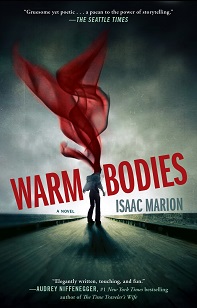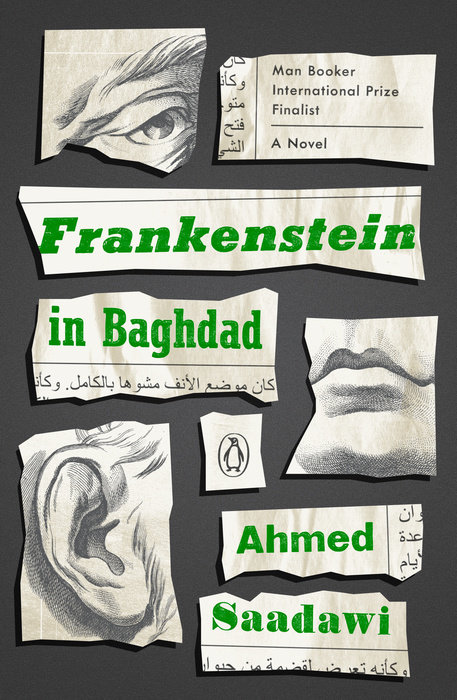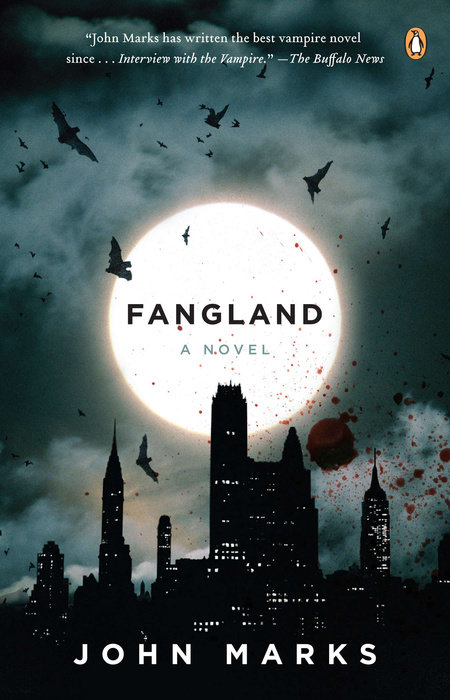Dracula, Frankenstein, Zombies: classic monsters that have made their mark in horror history, both on the page and on the silver screen. Their stories have staying power not only because we know them, but because they embody fears we still have today. In the newly released sci-fi horror film The Invisible Man, directed by Leigh Whannell, we see the main character, Cecilia, fighting off her abusive ex-boyfriend, who has found a way to become invisible and continue to terrorize her. This modern reimagining of H. G. Wells’s classic novel, depicting the terror of an unseen enemy, does so with an update to the plot that shows what a victim of domestic abuse can experience.
And after watching the film, why stop at one reimagining? If you’re looking to shed a modern light on such creatures of the dark, here are four books that give us a fresh take on classic monsters.
This post was originally published on GetLiterary.com.
















